I have always had a great respect for abstract art. I took many art classes and explored with abstract design using charcoal, pen, pencil, and color pastels inspired by Mark Rothko, Georgia O’Keefe, and others. Abstract expressionism has a profound aesthetic of subtle order, color, texture, and style that is pleasing but is also provocative. Certain artists have always captured my attention, such as Rothko, O’Keefe, Gauguin, Turner, Hopper, Wyeth, and others. I once attended a play about Mark Rothko and was moved by his art, which opened a door into a whole genre called ‘Color Field Art’.
American society began to redefine itself after World War Two and abstract expressionism became the preferred art style in the late 1940’s and 1950’s. Artists of this era and genre rejected social realism and challenged the aesthetic establishment to express their creative freedom amidst the uniformity of the post-war era.

Mark Rothko
Leading artists such as Jackson Pollack, Willem de Kooning, Mark Rothko, and others, began to shake up the homogenized, cookie-cut, narrow definitions of what art was. The same avant-garde trend emerged in other art forms of the era, such as jazz, literature, theater, poetry, film, and television.
Abstract art has its aesthetic basis in Nature and a spiritual orientation. Many abstract artists focus on getting in touch with their unconscious to release ‘raw’ emotions and imagination. Many are influenced by the writings of Jung and Nietzsche on the unconscious, and others on Eastern mysticism and Zen.
Abstract expressionist ‘Action Painting’ artists included Jackson Pollack, Frank Kline, and William de Koonig.
‘Color Field’ paintings are closely related to abstract expressionism and emerged in the 1940’s and 50’s in the U.S., England, Canada, and Australia. Leading Color Field artists included Mark Rothko, Clyfford Still, Barnett Newman, Hans Hoffman, Adolph Gottlieb, Robert Motherwell, and Helen Frankenthaler.
Color Field is characterized by large fields of color that focus on overall consistency of form with less emphasis on gesture, brush strokes, and action. According to the National Gallery of Art, “color is freed from objective context and becomes the subject in itself.”
Mark Rothko described his art in an interview: “I am not an abstractionist… I am not interested in the relationship of color or form or anything else… I’m interested only in expressing basic human emotions — tragedy, ecstasy, doom, and so on — and the fact that a lot of people break down and cry when confronted with my pictures show that I communicate those basic human emotions… The people who weep before my pictures are having the same religious experience I had when I painted them. And if you, as you say, are moved only by their color relationships, then you miss the point.”

Adolph Gottlieb
Adolph Gottlieb painted ‘imaginary landscapes’ and stated in an interview: “But to me everything is nature, including any feelings that I have – or dreams. Everything is part of nature. Even painting has become part of nature. To clarify further: I don’t have an ideological approach or a doctrinaire approach to my work. I just paint from my personal feelings, and my reflexes and instincts. I have to trust these.”
Helen Frankenthaler described her art as: “A really good picture looks as if it’s happened at once. It’s an immediate image. For my own work, when a picture looks labored and overworked, and you can read in it—well, she did this and then she did that, and then she did that—there is something in it that has not got to do with beautiful art to me. And I usually throw these out, though I think very often it takes ten of those over-labored efforts to produce one really beautiful wrist motion that is synchronized with your head and heart, and you have it, and therefore it looks as if it were born in a minute.”
Mark Rothko, 1903 – 1970
Rothko is known for irregular, abstract rectangular regions of color. His work is more than just a field of color, he used multiple layers to show depth and texture. His paintings often evoke spiritual and emotional drama and intensity.
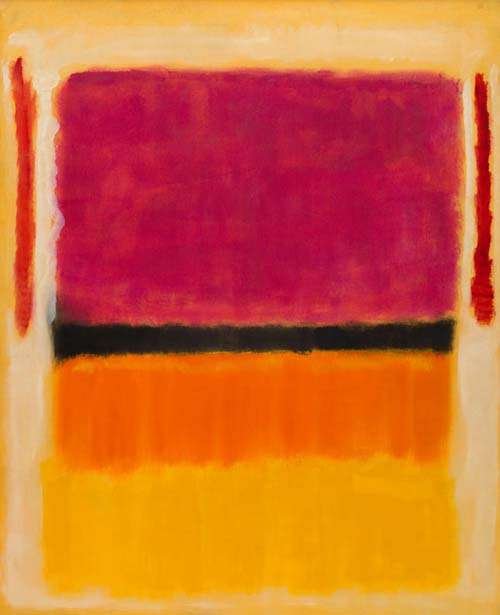

Rothko

Rothko
Barnett Newman, 1905 – 1970
Newman used hard edged areas of flat color abstraction with a minimalist, simplistic form to give a sense of place.


Newman

Newman
Clyfford Still, 1904 -1980
Still’s non-figurative paintings are concerned with juxtaposing different colors and surfaces in a variety of formations. Many of his paintings give the impression that one layer of color has been ‘torn off’ the painting, revealing colors underneath.
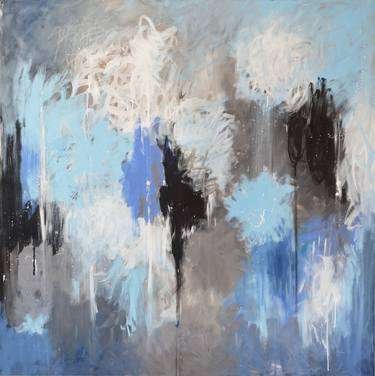
Still

Still

Still
Hans Hoffman, 1932- 2017
Hoffman paintings are based in themes of Nature and spiritual values. He uses pictorial structure and unity, spatial illusionism, and bold color for expression.
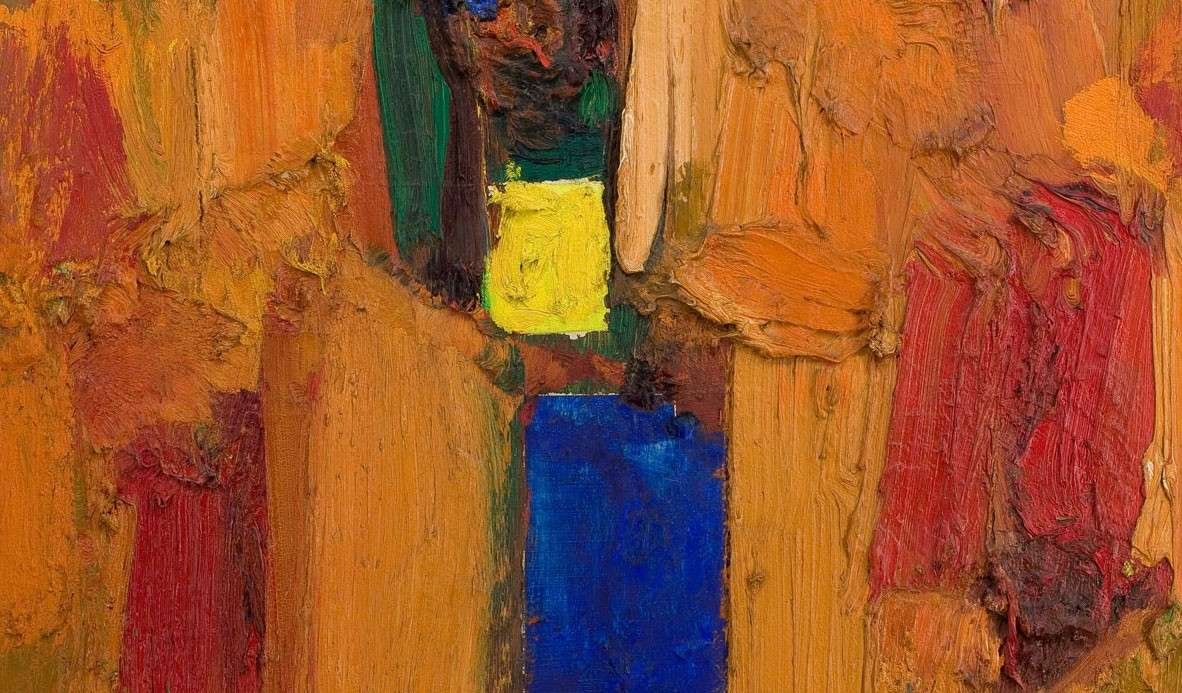
Hoffman

Hoffman
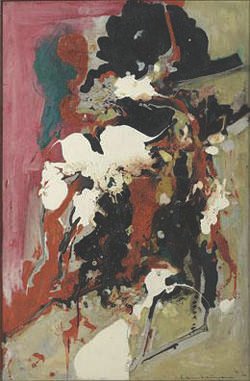
Hoffman
Adolph Gottlieb, 1903- 1974
Gottlieb claimed that abstract art is not imaginary but is the actual realism of our time. He painted imaginary landscapes drawn from the subconscious. He stated that visual image do not have to conform to verbal or optical form, but convey an emotional truth.

Gottlieb

Gottlieb

Gottlieb
Robert Motherwell, 1915- 1991
Motherwell used broad space, rough forms, and bright colors. His paintings often hold philosophical and psychological symbolism.

Motherwell

Motherwell
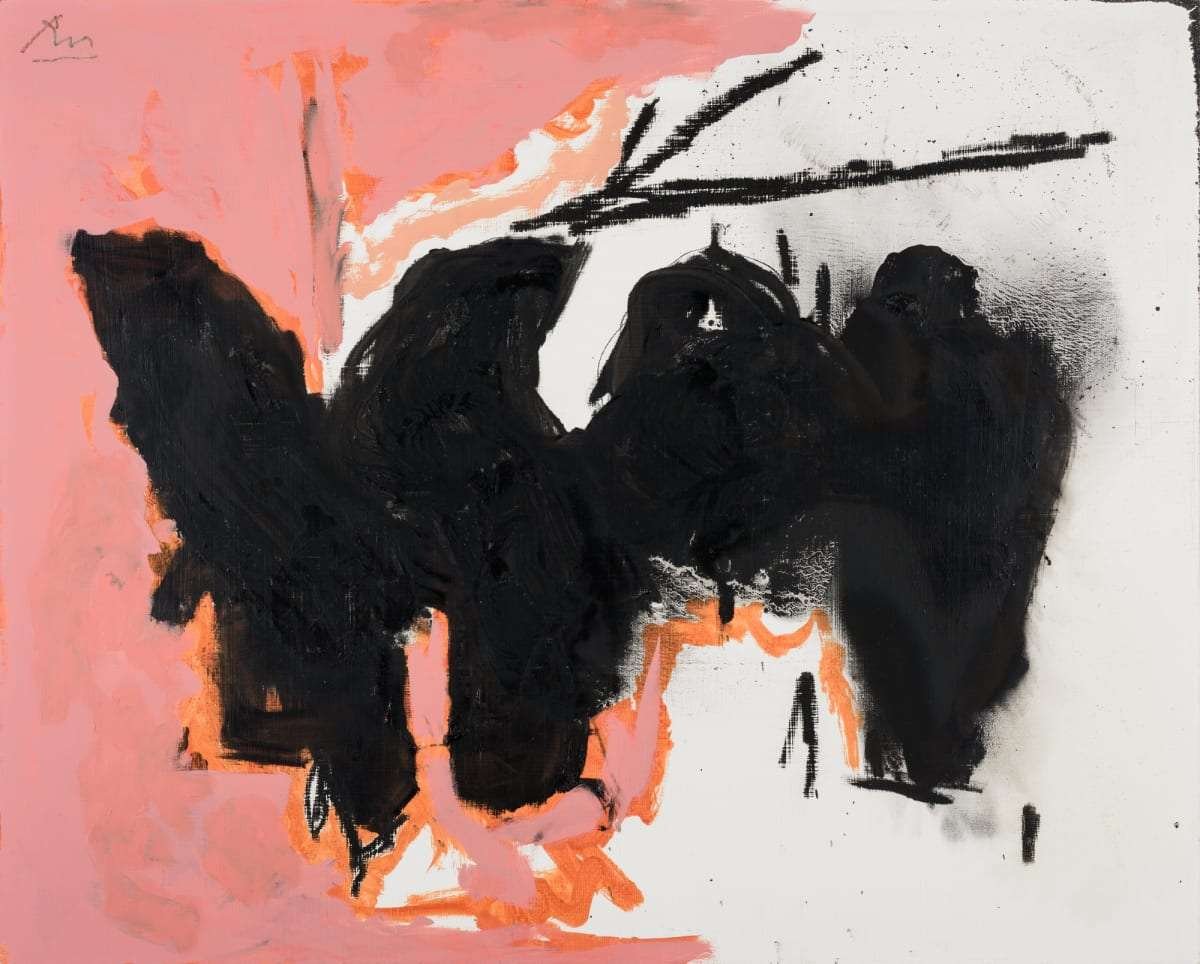
Motherwell
Helen Frankenthaler, 1928- 2011
Frankenthaler used simplified abstractions with a spontaneous style, lyrical gestures, fluid shapes, and abstract masses.
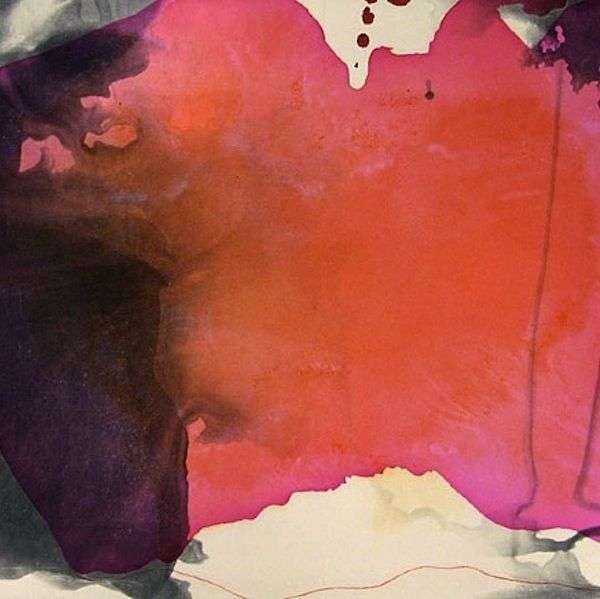
Frankenthaler
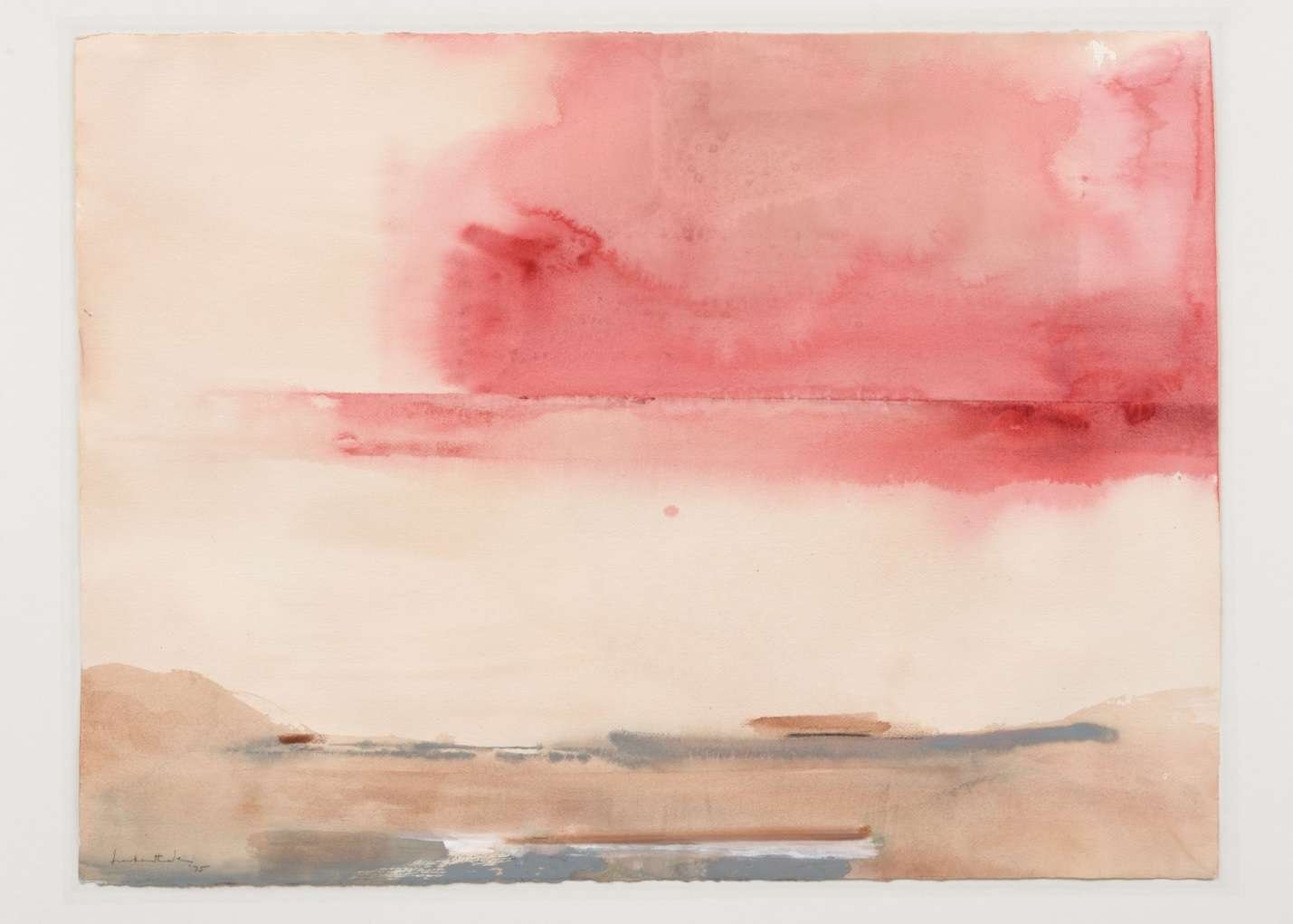
Frankenthaler
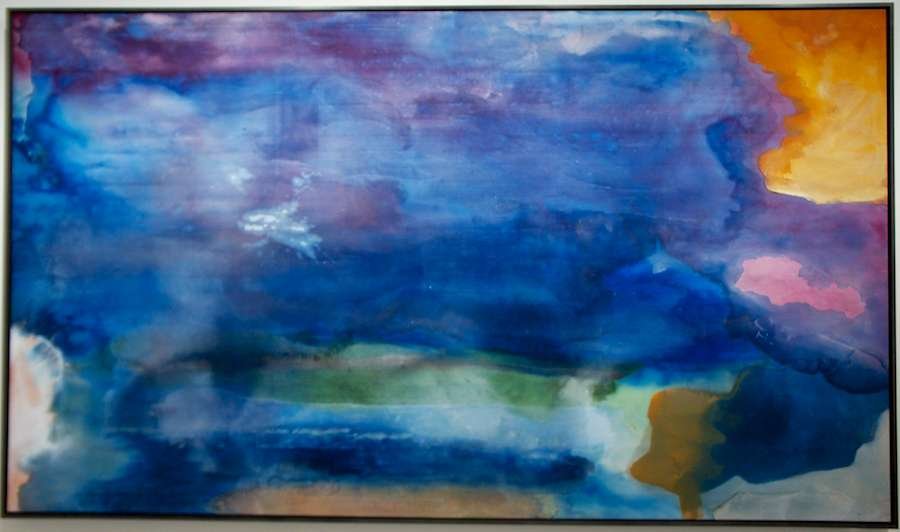
Frankenthaler
Sources
1stdibs
Art In Context
Bored Art
Invaluable
The Art Story
ThoughtCo
National Gallery of Art
Whitney Museum of Art
Wikipedia



